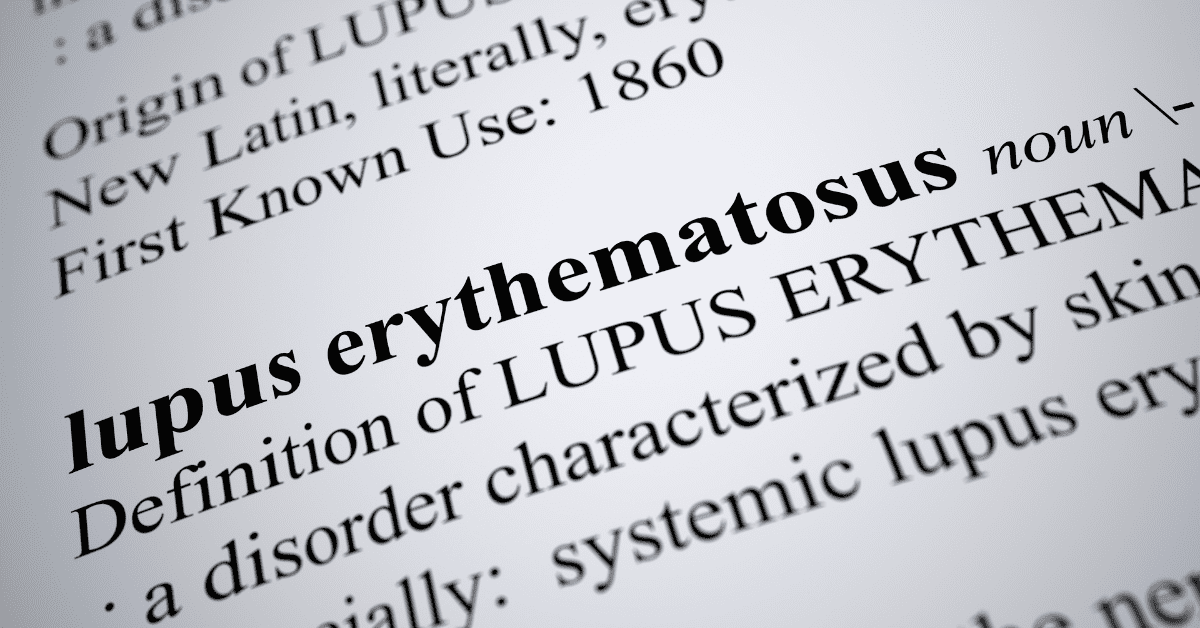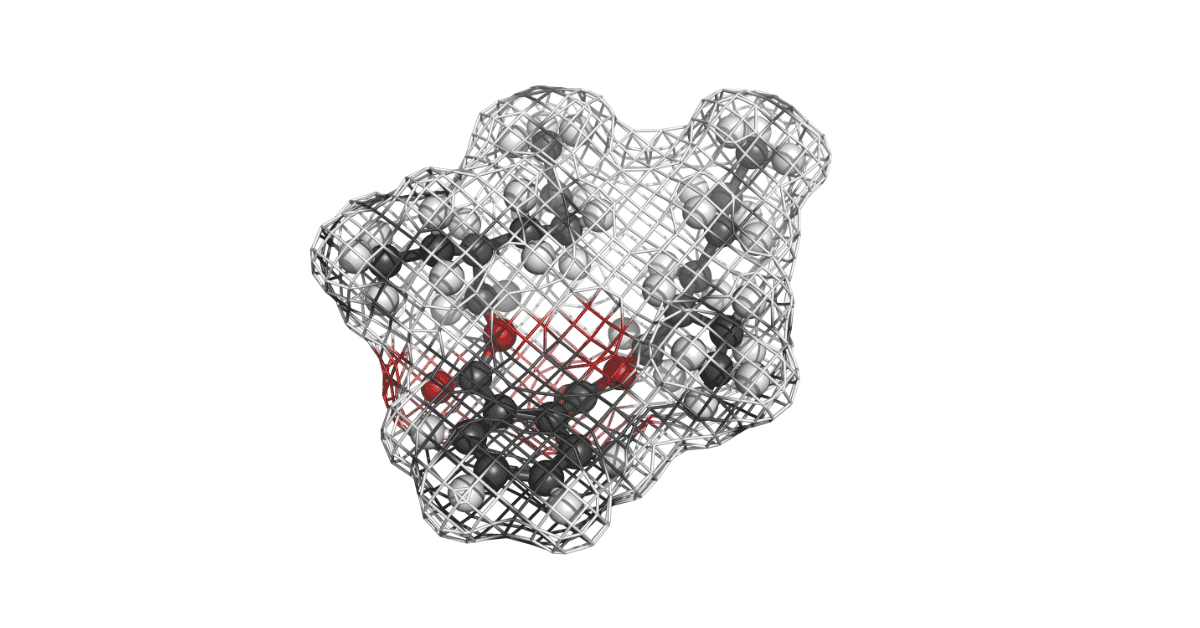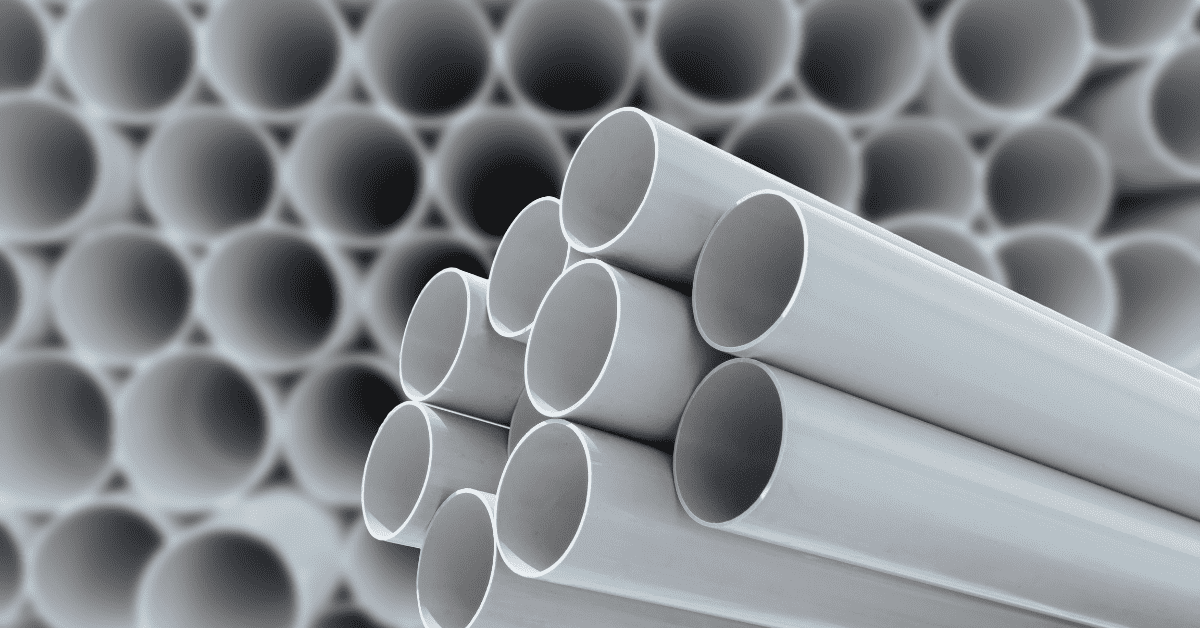Like the word lupus, ‘phthalates’ is a word that baffles most people.
Systemic lupus affects both men and women – but to different degrees.
For instance, males appear to experience worse organ damage, as well as a raised risk of a heart attack. Yet, lupus is much more common in females. With women having a higher chance of hair loss, joint pain, and photosensitivity. [1]
In fact, the ratio of women to men with lupus is around 10:1. [2]
Genetics, hormones, the X-chromosome and proteins released by the placenta have all been under the scope. [3] But the reason behind this is gender disproportion is still under debate.
Yet, at the bottom of this long list is something that we all come in contact with.
A chemical, in fact, that Denmark tried to ban in 2012. But had to scrap in 2014 due to pressure from the European Commission… and a court case. [4]
Even though these same chemicals were costing the EU between €150-260 billion [5].
A true scratch your head moment.
Made even worse when you realise that they, themselves, have already banned some of these from children’s toys. [6] Alongside news articles like this one claiming they are having negative effects on the male body.
This chemical in question is the plasticisers, “phthalates”.
A chemical hard to say, but harder to avoid. That may play a part in your risk and development of systemic lupus. This is what we will discuss in this article.

Phthalates and Systemic Lupus
In your body, phthalates can interfere with your hormones. Signalling the release of compounds from the glands. Which when in circulation, can influence certain processes throughout your body that disrupt oestrogen balance.
Traces of phthalates will be seen in all of us.
But, women seem to have higher concentrations in their urine than men. Most likely as a result of personal care products. [7]
Even lipstick use, for example, has ties to systemic lupus in one research [8]
The belief is that most phthalates pass on through your urine.
Yet, science does show common phthalates result in higher anti-DNA antibodies. [9] As well as higher odds of systemic lupus-like syndromes and even lupus nephritis in mice studies. [10]
What’s more, the mouse study shows that all mice first made anti-phthalate antibodies. Yet only the lupus-prone mice had kidney damage (nephritis), which led to kidney failure and early death.
The immune systems of the other mice seem to counteract these anti-phthalate antibodies. Therefore, preventing kidney damage from happening. Highlighting that there may be a key difference in the immune systems of lupus-prone mice at least.
Indirect evidence does also appear to show phthalates could contribute to lupus. [11] One study suggests that systemic may influence phthalate metabolism. But not sure how exactly. [12]
With all that said, phthalates are more of a worry to us than we realise.
The danger of the plastic world we live in far outways its ties to lupus.

So, what are Phthalates?
Phthalates, which we say with a silent ‘Ph’, are a group of man-made chemicals used worldwide in a lot of products [13]. There are many types. But there is no need to know their names, as they are not listed on labels one by one.

Where are Phthalates found?
Manufacturers make more than 1 million tonnes of phthalates each year. [13]
95% of which are for use in the production of flexible PVC (polyvinyl chloride). [14] This is because they make plastic more flexible and tougher. [15][16] For this reason, phthalates are a type of ‘plasticiser’.
Not only this but they are also added to personal care products to preserve the aroma. [17] As well as in some medications as an inactive ingredient within drug coatings… i.e., a filler, colouring agent, or medium for a drug. [18]
Typical products containing phthalates are: [16][19][20][21][22][23][24]
- Additives in the textile industry
- Cables
- Car interior (Dashboards, Steering wheels)
- Clothing (Raincoats etc.)
- Floorings (Carpet and Vinyl)
- Fragranced products
- Industrial solvents and lubricants
- Medical devices (bags, tubing and catheters)
- Medications (slow releasing meds; typhoid vaccine) [18]
- Packaging materials (processed and pre-packaged food)
- Personal-care products (Cosmetics, Shampoo, Soap etc.)
- Pesticides
- Roofing
- Toys
- Wall coverings (i.e., Paint)
Some say phthalates are the “world’s most common environmental pollutant.” [25]… it is not hard to see why.
When were phthalates introduced?
Phthalates have been in circuit for over 100 years. [13]
Concerns about their safety have been ongoing since the early 1980s. Yet, it took close to 30 years for nations to take action.
In 2008 the U.S. Congress banned six types of phthalates from children’s toys and certain articles. [26] Three years after the EU made this ban permanent. In spite of this, manufacturers are free to use other phthalates to replace them.
What effects do Phthalates have on our health?
Right now, we know that some phthalates disrupt the endocrine system by mimicking hormones like oestrogen. [25]
One or two may even be carcinogenic [27][28], while the others are under suspicion.
So, it is clear phthalates are a threat to everyone.
In fact, a 2021 study suggests they contribute towards around 100,000 deaths each year alone in the USA.
But they have a more devastating effect on embryos, infants and children.
This is since all endocrine disturbing chemicals have their most potent and powerful effect on the developing organism. [29]
In layman terms, phthalates start harming us before we are even born. This is the most worrying thought…
Especially when you consider mothers with lupus appear to have higher phthalate levels. [12]

During pregnancy
Phthalates may cause complications and affect foetal development. [30] Including their thinking ability. [31]
Likewise, they can increase preterm birth – the leading cause of infant death. [32]
Also, early exposure within the womb disrupts the masculinisation of male genitals by blocking testosterone. [33] This is because phthalates pass through the placenta to the foetus, affecting babies, resulting in abnormal sexual progression.
This is what we call, “phthalate syndrome.”
This may explain why boys born to mothers with high levels of phthalates during pregnancy face a greater risk of infertility when older. [34]

New-borns
Those born with a low birth weight seem to have higher levels of phthalates. [36]
Low birth weight is the leading cause of death in children under 5 years of age. It also increases the risk of cardiovascular and metabolic disease later in life. [36]

Children
Children can get asthma-related airway inflammation when exposed to some phthalates. [37]
They are also harmful to a child’s mental, motor and behavioural development. [38][39]
Plus, increased levels can lead to obesity [40][41], eczema [42] and lower IQ levels. [43]

Teenagers
In teenagers, disruptions to hormone levels are the biggest issues.
For example, phthalates can decrease certain thyroid hormones. [44] This affects many body functions, from reproduction to metabolism and energy balance.

Adults
Adults with high levels of phthalates have an elevated risk of developing many conditions. This includes diabetes [45][46], breast cancer [27][28], and obesity. [47][48] Alongside a higher risk of systemic lupus of course.
But, how do we limit our exposure to Phthalates?
This is by far the most challenging part – more challenging than writing this article as a matter of fact.
In truth, it is near impossible to drop our exposure to nil.
Not as a result of the many contaminated goods, there is today. But because phthalates can leach, migrate, or off-gas from products over time. Thus, allowing them to enter the human via ingestion, inhalation, and skin absorption. [23]
Once in the body, phthalates break down quite quick.
But since they are fat-soluble, they may store in our fatty tissues – where they get released bit by bit. [49]
This is a concern when you consider that we come in contact with phthalates on a daily basis. [50][51] Especially as phthalate content can be up to 40% in soft PVC products. [4]
But have no fear. There are things we can do here!
Three Steps to Avoiding Phthalates

#1. Replace Products
Common sense says to replace as many plastic and fragranced products as possible.
So:
- Choose glass and/or ceramic to store and cook foodstuffs.
- Switch from cling film, AKA plastic wrap, to wax paper or aluminium wrap.
- Substitute canned or packaged-in-plastic food with fresh produce.
- Replace PVC vinyl flooring. Especially in households with children as they can absorb phthalates from playing on such surfaces. [20][21]
- Avoid or remove vinyl crib mattress covers. They can increase a baby’s exposure four-fold. [21] This is worrying as infants breathe in far more air given their low body weight.
- Search for phthalate-free baby care products. They are a major source of infant phthalate exposure. [52]
- Finally – it goes without saying – replace pipes within the house if they are PVC based.

#2. Read Labels
Socioeconomic status plays a major role in exposure to phthalates. [50][51]
So, it is fair to say that for some cost is a barrier. Price up the previous list and see.
But there are cheaper options. The main one is to read labels before buying.
The most common products using phthalate compounds are:
- PVC Products
As stated, phthalates make PVC products tougher and more flexible. So, if a plastic product is flexible, the odds are it does contain phthalates. Only be sure it does not if it has a label that says so.
- Personal Care Products
Phthalates’ role within personal care products is to help lubricate other substances in the formula and carry fragrances. They must be among the ingredients on product labels – unless they are part of the “fragrance.” In this case, they can come under the label, “fragrance.” Even though they may make up 20% or more of the product.
- Food Packaging
Depending on your diet, you may be getting more than only calories from your food.
Phthalates are present in most food-packaging materials [52] and plastic-packaged food products. [53] From there they can transfer into your food. [54][55]
This migration increases with microwave heating. [56] Therefore, making microwavable food a source of dietary phthalates. Made worse with temperature and time. [57]
Food-wise, the highest levels appear to be in meats – particularly poultry – and fats/oils. [54]
Phthalates also appear to be in wines and spirits. A result of the containers that they store the wine in during production. [58]
What to look for on the labels…
Many companies have chosen to remove phthalates from their products. A company will usually label its product “phthalate-free.”
There is another way to check whether a product contains phthalates.
That is, to look for the number 3 – which is usually moulded into the plastic on the bottom of the product. The number 3 will be inside arrows and the letters “V” or “PVC” below.
Also, avoid plastics labelled as 6, or 7 as they contain another toxic chemical, BPA. [43]

Instead, choose products with the numbers 1,2,4 and 5 within the arrows.

Key Lesson: Look for phthalates-free on the packaging. Also, avoid items with the number 3 on the label, as well as 6 and 7.

#3. Limit or Avoid
If unable to do any of the previous methods, then:
- Limit the use of canned food, plastic food storage containers and plastic wrap.
- Do not microwave food in plastic containers or cling film.
- Avoid scented products as much as possible, including air fresheners, and dryer sheets. If unable to, then reduce, or choose a different method of scented products for personal care. In particular modern baby care products. [52]
- Reduce consumption of processed and pre-packaged food. In fact, those who consume a lot of fast food have the highest levels of phthalates in their system. [23][59]
- Do not use a dishwasher to wash plastic food containers. Instead, wash them by hand… as putting them in the dishwasher can lead to increased leaching of plasticizers into food.
- Limit the use of bottled water. [60]
Final thoughts
The amount of research there is on phthalates is exhausting. At least this shows that many experts care about the impact they have on our health and wellbeing.
This has at least led to the U.S. and EU banning six types. Resulting in manufacturers having to turn to alternative plasticisers, which is promising.
But many have turned to use different phthalates. [21] So, in reality, it is one foot forward and two steps back.
REACH even claim that only 5% of plasticisers made in Europe are phthalates. Yet, many products you come across will come from other continents. Making this irrelevant.
Thus, it seems that the scientists have won the battle, but are still losing the war. So, for now, the answer is simple… To reduce our exposure, we must take it into our own hands.
Science shows phthalates has ties to many illnesses, such as diabetes, heart disease, and obesity. Alongside making males more feminine well before they were ever born.
Levels appear to increase with age and western diets. For instance, levels appear to be higher in one research paper in those that:
- Do not eat much fresh fruit and vegetables
- Consume more processed and packaged foods
- Drink carbonated soft drinks
So, remember to avoid plastic items that have either the number 3, 6, or 7.
Rather, opt for products with the numbers 1,2,4 and 5 within the arrows.

I’d love to hear your thoughts. So feel free to leave a comment or contact me.
If you like what you read, check out other articles:
- Is Air Pollution Affecting Your Lupus?
- Dust and Lupus: The Real Risk You Didn’t Know
- Why is Lupus more Common in Certain Ethnicities?
Copyright, Lupus to Health. May not be reprinted without permission.